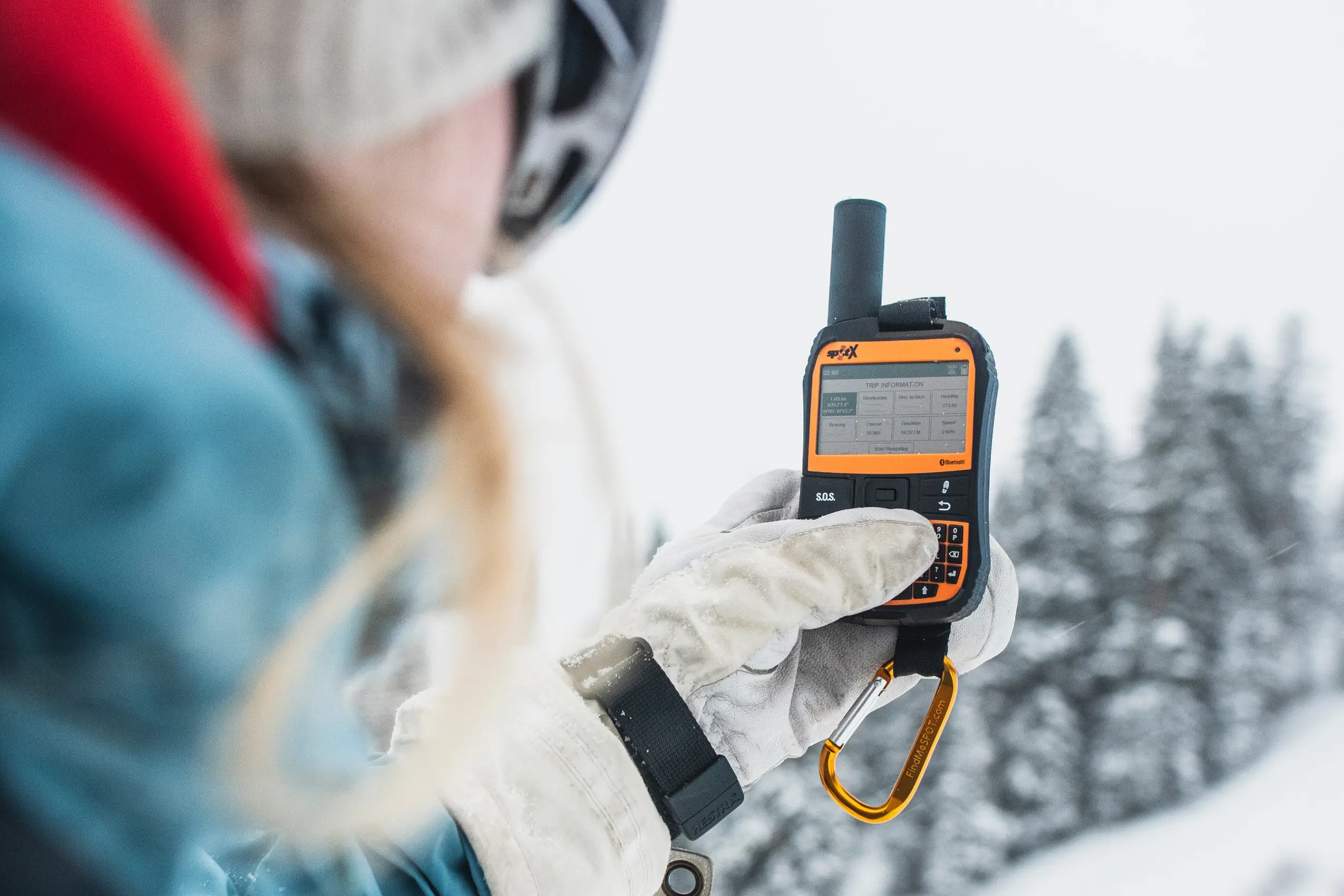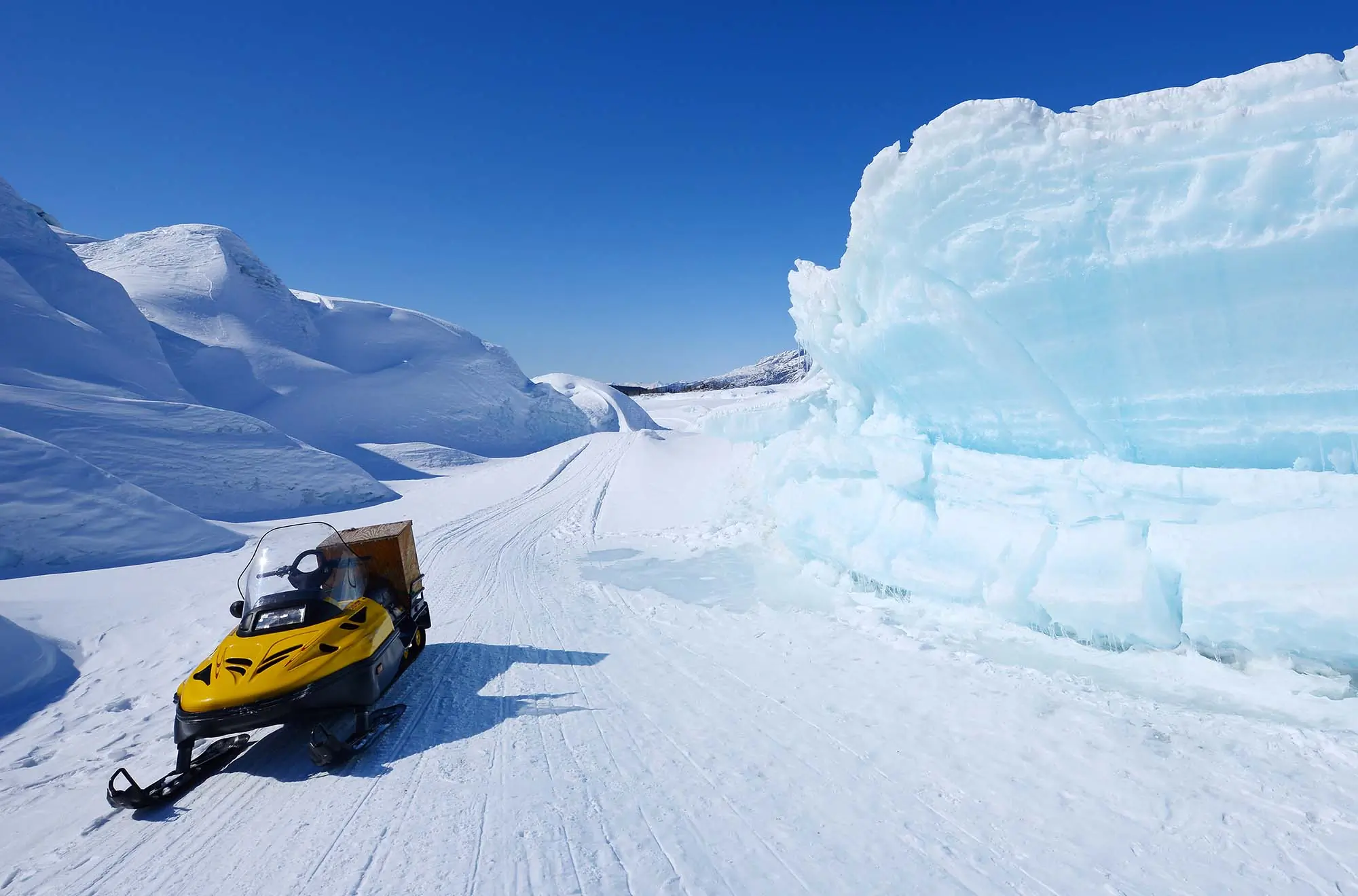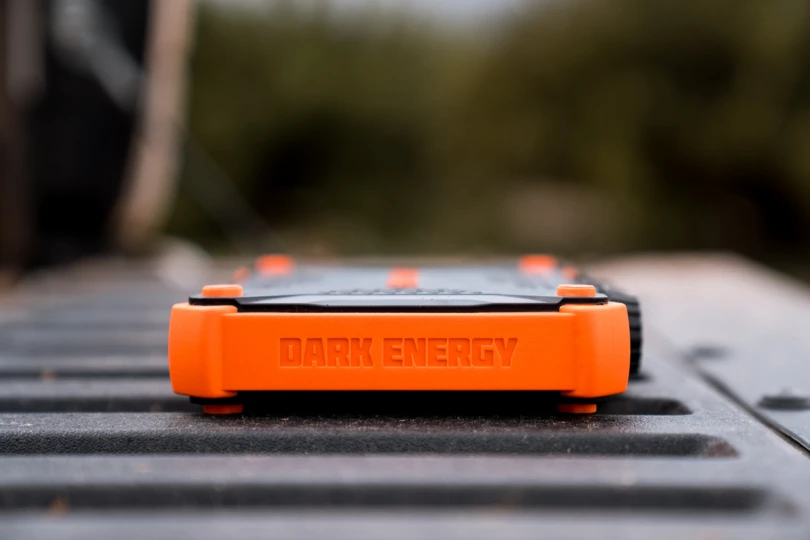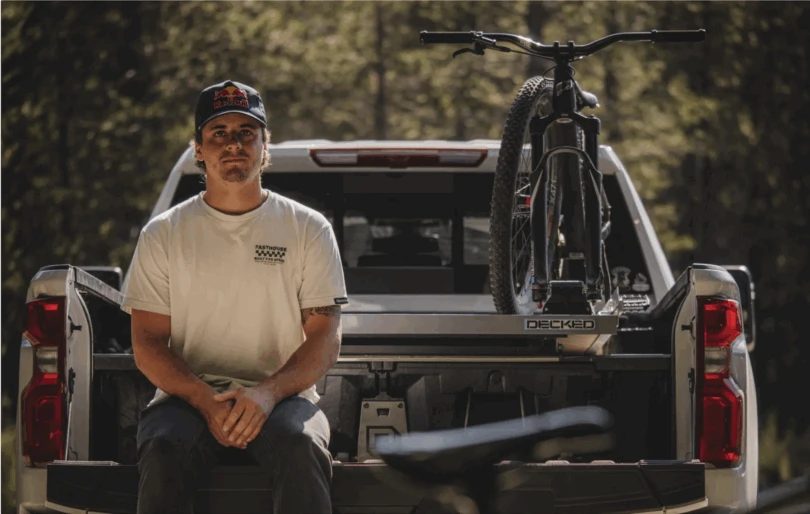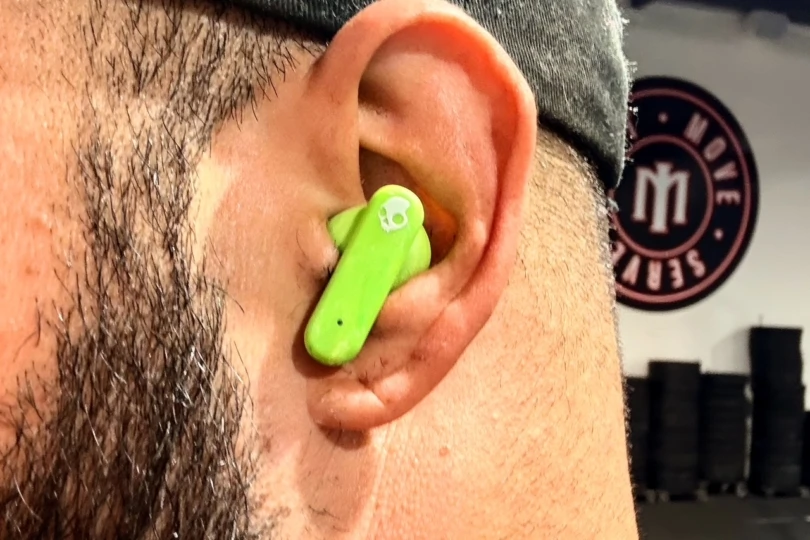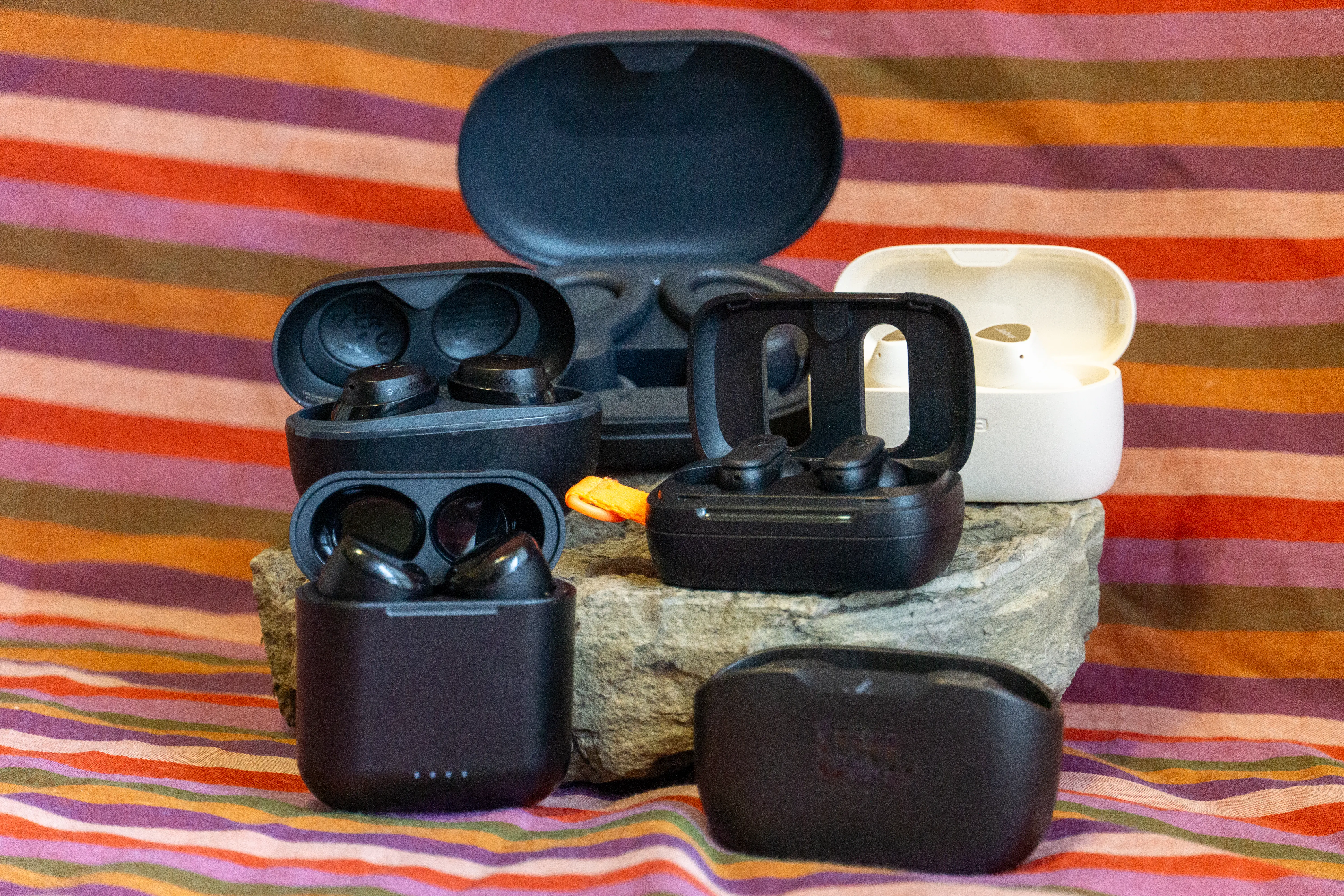Having a line of communication in the wilderness is one of the most important, and often overlooked, resources for backcountry adventures. From alpine touring hut trips to thru-hiking the Colorado Trail, having a way to keep in touch when you are out of cell service could make the difference between life and death.
Thanks to advanced technology and modern high-tech gear, there are a lot of options to choose from. Even in the most remote regions, there are satellite communication devices that can send and receive text messages or make phone calls. Two-way radios allow for clear and direct communication in a group. And personal locator beacons — devices or apps on your phone — can send up a digital SOS flare.
People use devices like these every year, and they save thousands of lives. A 2017 report from the National Park Service (NPS) Search and Rescue (SAR) dashboard shows that there were 4,096 SAR incidents in National Parks that year alone. That’s roughly 11 incidents every single day.
GearJunkie has extensively tested all of these different forms of backcountry communication. We’ve got guides to the Best Handheld GPS Devices, Satellite Messengers, Walkie Talkies, and even the Best Satellite Phones. Peruse those if you’re in the market for either — they’re helpful guides not just for shopping around, but also for comparing devices.
Here’s the rough and dirty on backcountry comms, the devices, what they’re for, and why they’re useful so you can stay in touch no matter where your adventures take you.
Different Backcountry Communication Devices

While there are entire sections devoted to backcountry communications at your local outdoor store, each device serves a different purpose.
Satellite communication devices such as Garmin inReach or SPOT are used for emergency response and communications. Often these systems allow users to make phone calls, send text messages, or otherwise communicate with the world, whether they have cell service or not. They work via satellite signals and often involve subscription fees.
Many of these devices also feature a personal locator beacon (PLB) feature. That allows users to send an “SOS” signal to rescuers showing their exact location. Some devices are just basic PLBs with no satellite communication feature, like the ACR RESQLINK 400.
Two-way radios like the Rocky Talkie are ideal for in-the-moment communication within groups. They have a limited range but offer a direct, clear, and instantaneous line of communication with others. Two-way radios are incredibly useful for backcountry skiing, ice and rock climbing, snowmobiling, ATVing, overlanding, and more.
Finally, apps and built-in cellphone features also offer SOS and emergency satellite communication options. However, these are not meant to replace actual PLBs and satellite communicators.
Depending on the backcountry activity you are doing, it is important to have some mix of these devices to cover all your bases.
“The best type of communication tool will depend on your location and activity,” said Bruce Levelle, Director of Sales for SPOT. “It’s important to consider all factors when choosing a communication device, and ensure you have a way to call for help in the event of an emergency.”
Satellite Comm Devices & Personal Locator Beacons (PLBs)
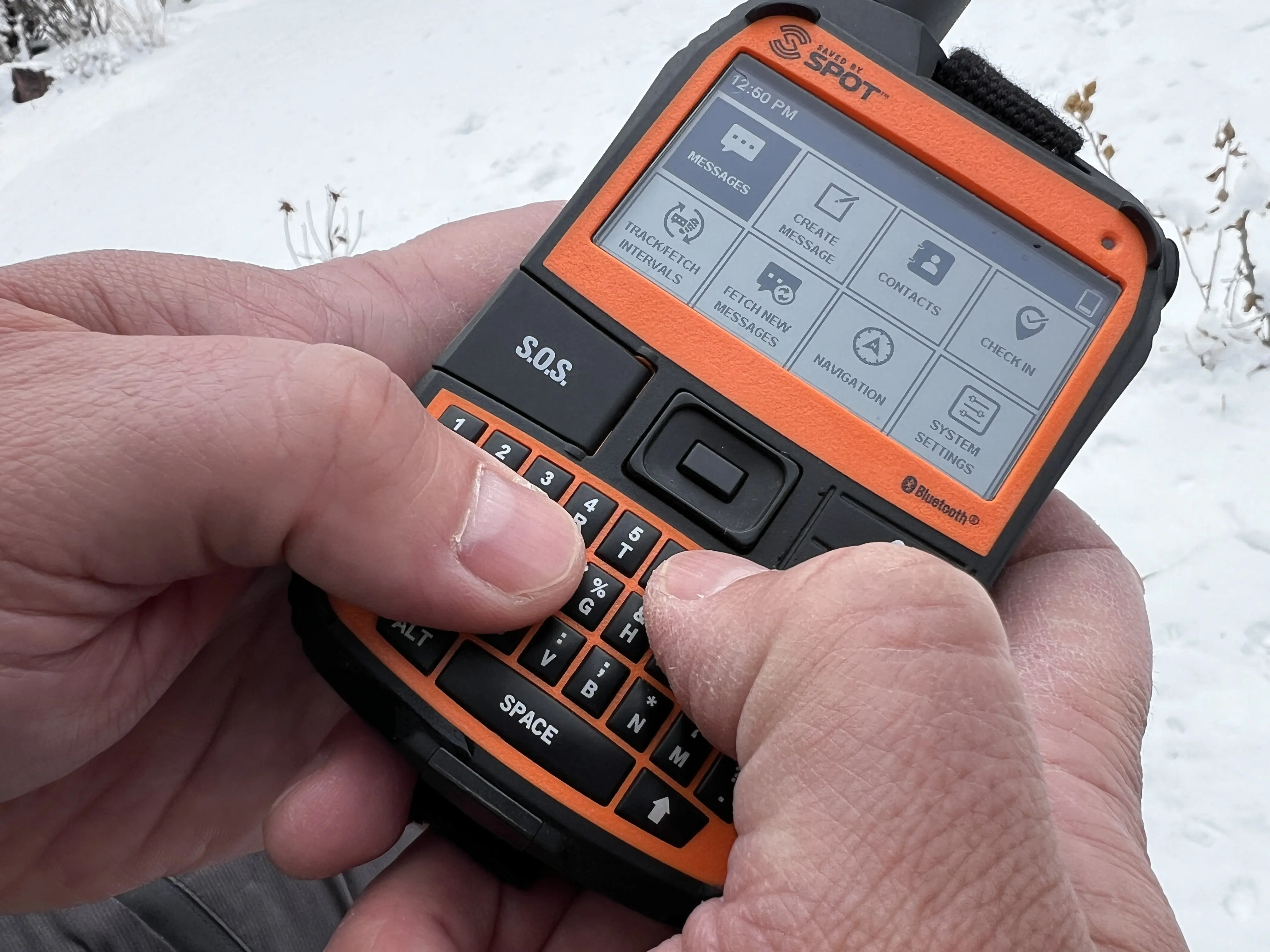
Satellite communication devices, such as a Garmin inReach or SPOT X, are used for communicating with family, friends, or emergency services while out of cell range. The abilities of each of these devices can vary depending on what they offer.
But typically satellite communication devices can send/receive texts or even make phone calls. Usually, they also feature a PLB function that sends up an SOS signal in case of an emergency.
Some, like the SPOT X, even allow you to communicate with a search and rescue (SAR) dispatcher to update them on your status, as they update you on your rescue. It’s also useful for alerting your friends and family at home of your status, location, or needs.
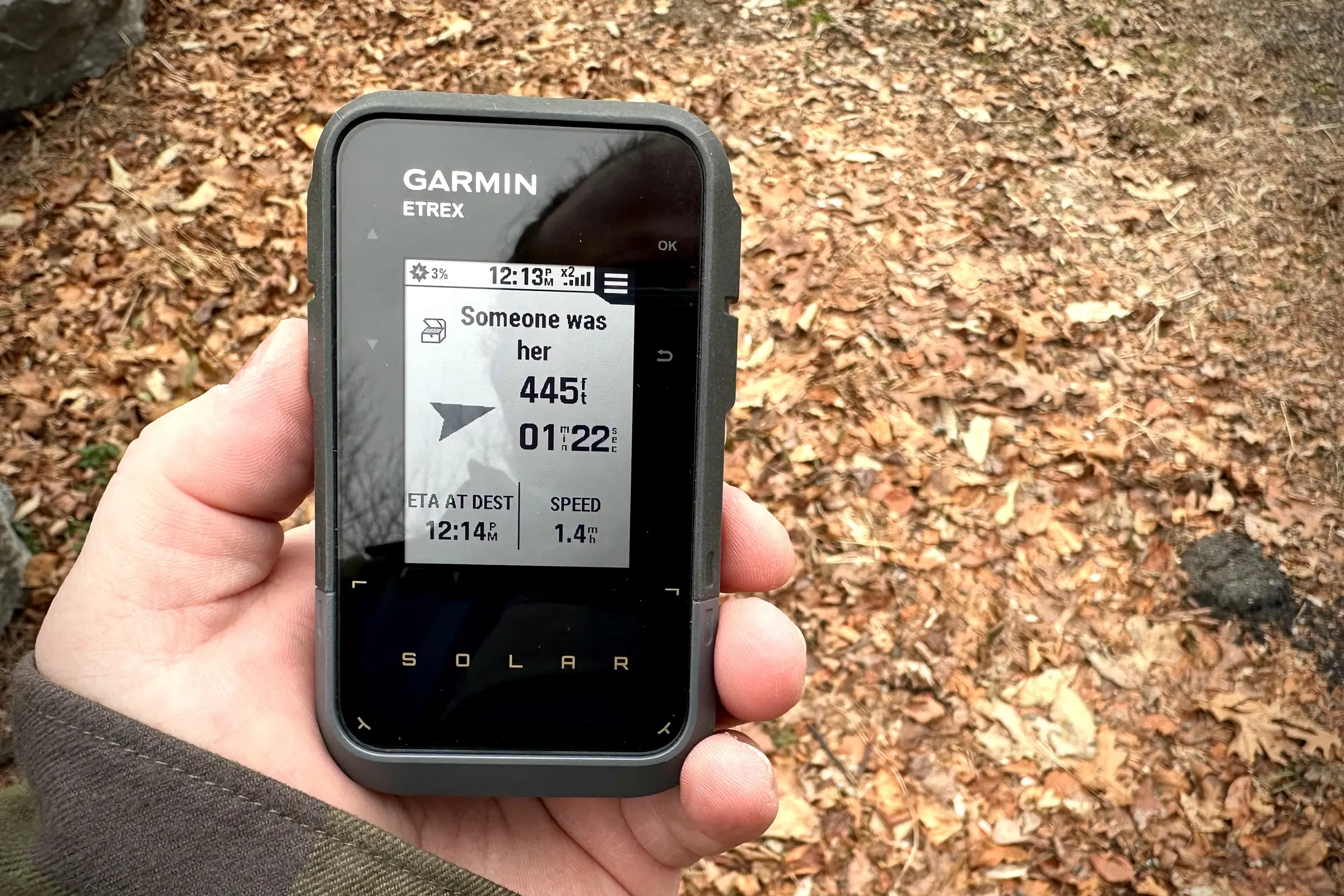



Usually, there is a subscription fee associated with these devices. SPOT monthly fees run from $12 to $30 a month depending on the plan. Garmin’s inReach fee is $15 a month.
Since SPOT was founded in 2007, it claims its devices alone have helped initiate over 9,200 rescues. Garmin’s inReach Mini has initiated an additional 10,000 rescues since 2011, according to the brand. And Global Rescue, a rescue service provider that partners with brands like Zoleo, has initiated over 20,000 rescues since 2004.
In many of those cases, the satellite communication device saved people’s lives.
Two-Way Radios
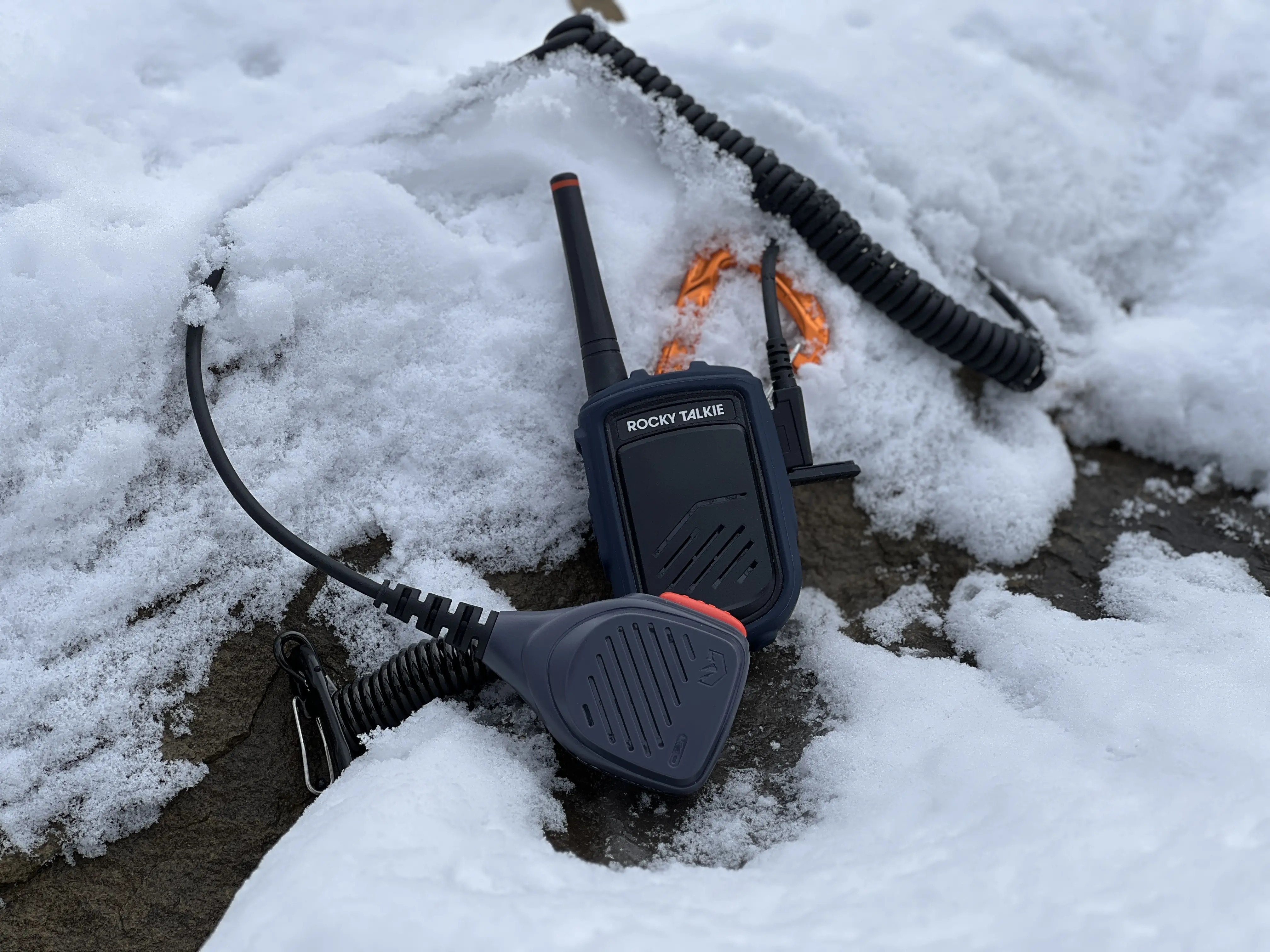



Radios like the Rocky Talkie are intended for communication within a group in the backcountry. The two-way radio is designed for short-range communication, typically within a few miles. They are mainly used by backcountry adventurers to keep in touch with others in their group, or other groups in the area if needed.
Two-way radios use specific numeric radio frequencies that work in the backcountry for up to a few miles. Most of them allow users to select a channel that can be used to communicate with different people or groups.
Two-way radio signals can be affected by terrain and line of sight — more so than other communication devices. But generally, two-way radios work great for keeping in touch with your partners in varied, remote terrain. Or, if your group has to split up, they can also be very handy for approaching an objective in sections or separately.
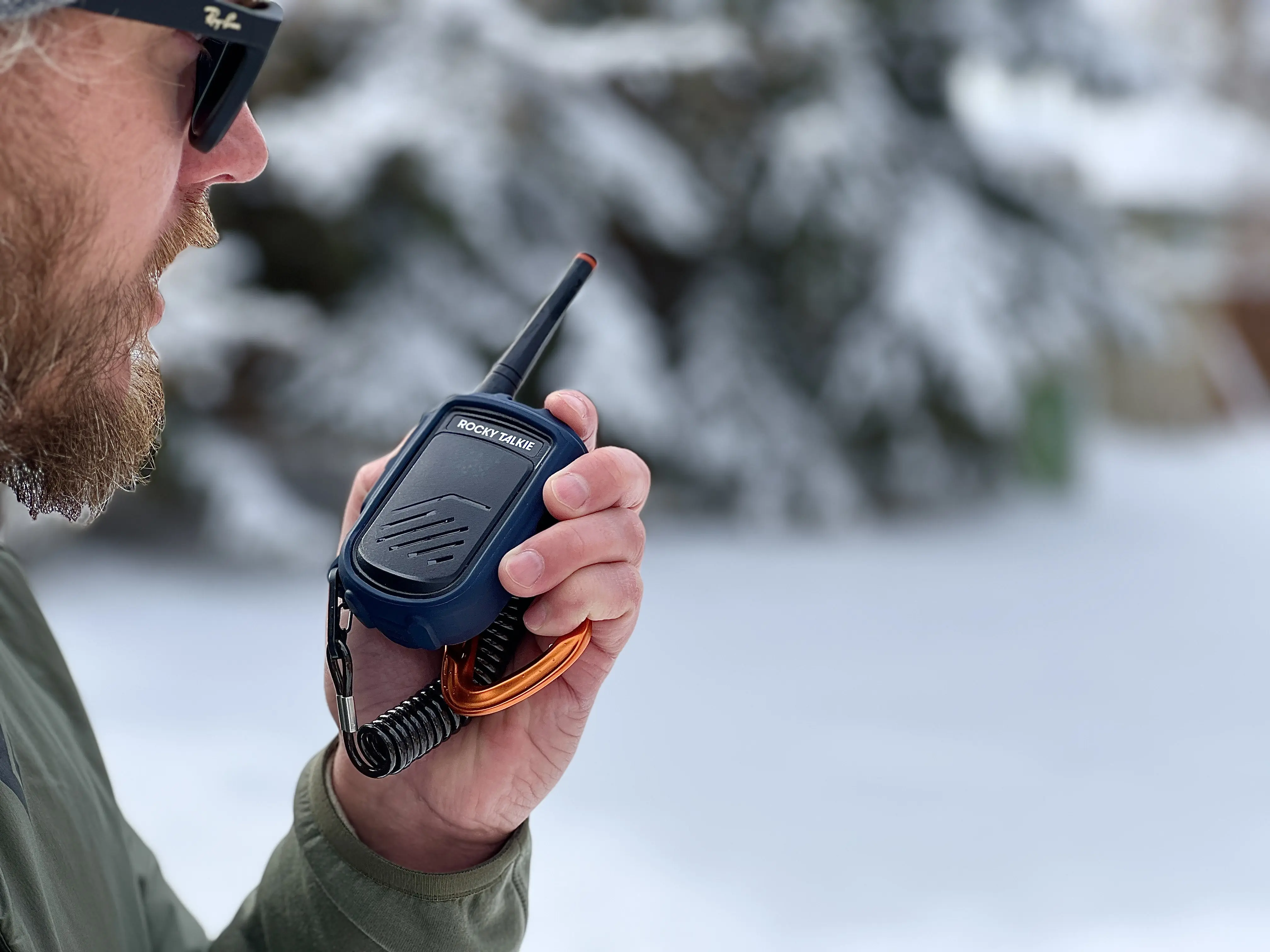



Erin Moeller, Director of Marketing with Rocky Talkie, said that backcountry communication channels are becoming more popular. That’s why the brand has built an interactive website with community channels for popular backcountry zones across the U.S.
“Rocky Talkie’s main priority is that radios are as easy to use as possible,” she said. “Any outdoor enthusiast can use [these radios] without any previous experience.”
More advanced two-way radios have options to designate a channel with a number and letter. Less technical radios just offer numeric channels. However, most two-way radios are compatible between brands/models. Sometimes it just takes a little while to dial in on one that will work for everybody.
Emergency Communication Smartphone Apps
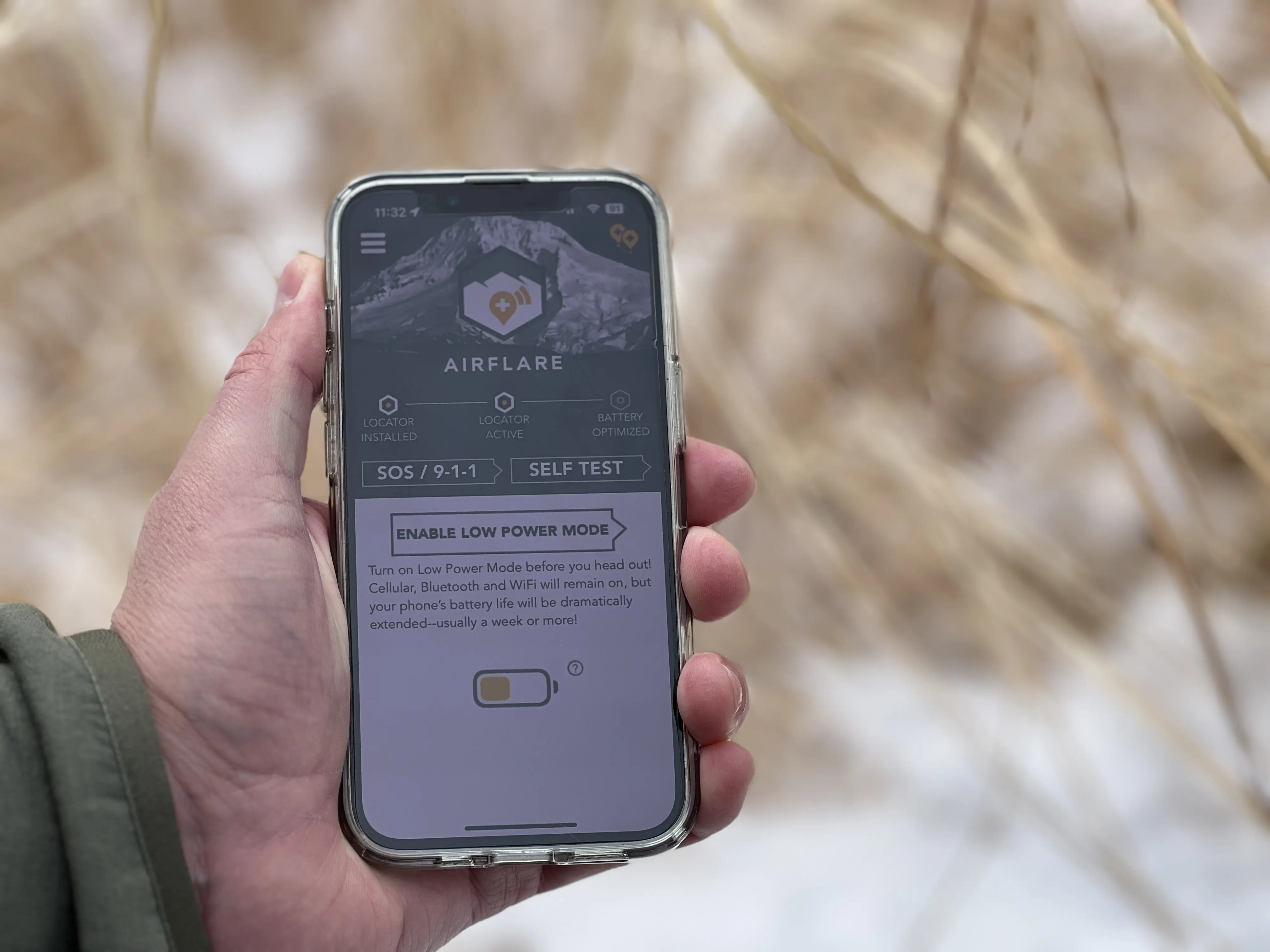



Since Apple came out with its iPhone 14, many hikers are already carrying a PLB and may not even know it. The tech company integrated satellite connectivity technology into the iPhone 14 and 14 PRO in 2022. So, if you own either of those (or subsequent) models, you can initiate an SOS directly from your iPhone.
Other apps such as AirFlare can also turn a smartphone into an emergency locater. They can help SAR locate you in a rescue situation. These are not intended as a replacement for satellite communication devices or PLBs. But often people have smartphones when exploring the outdoors, and this function offers a backup lifeline. There are also GoTenna, SARLOC, Backcountry SOS, and other apps with similar functions.
Eliot Gillum, inventor and CEO of AirFlare, said research shows more than 90% of people bring their phones on outdoor activities. Apps like AirFlare (which requires a $5 yearly subscription) give friends, family, ski patrol, and search and rescue teams that you connect to the ability to request your location. Then, it automatically transmits your coordinates to them.
Bonus: Avalanche Beacons
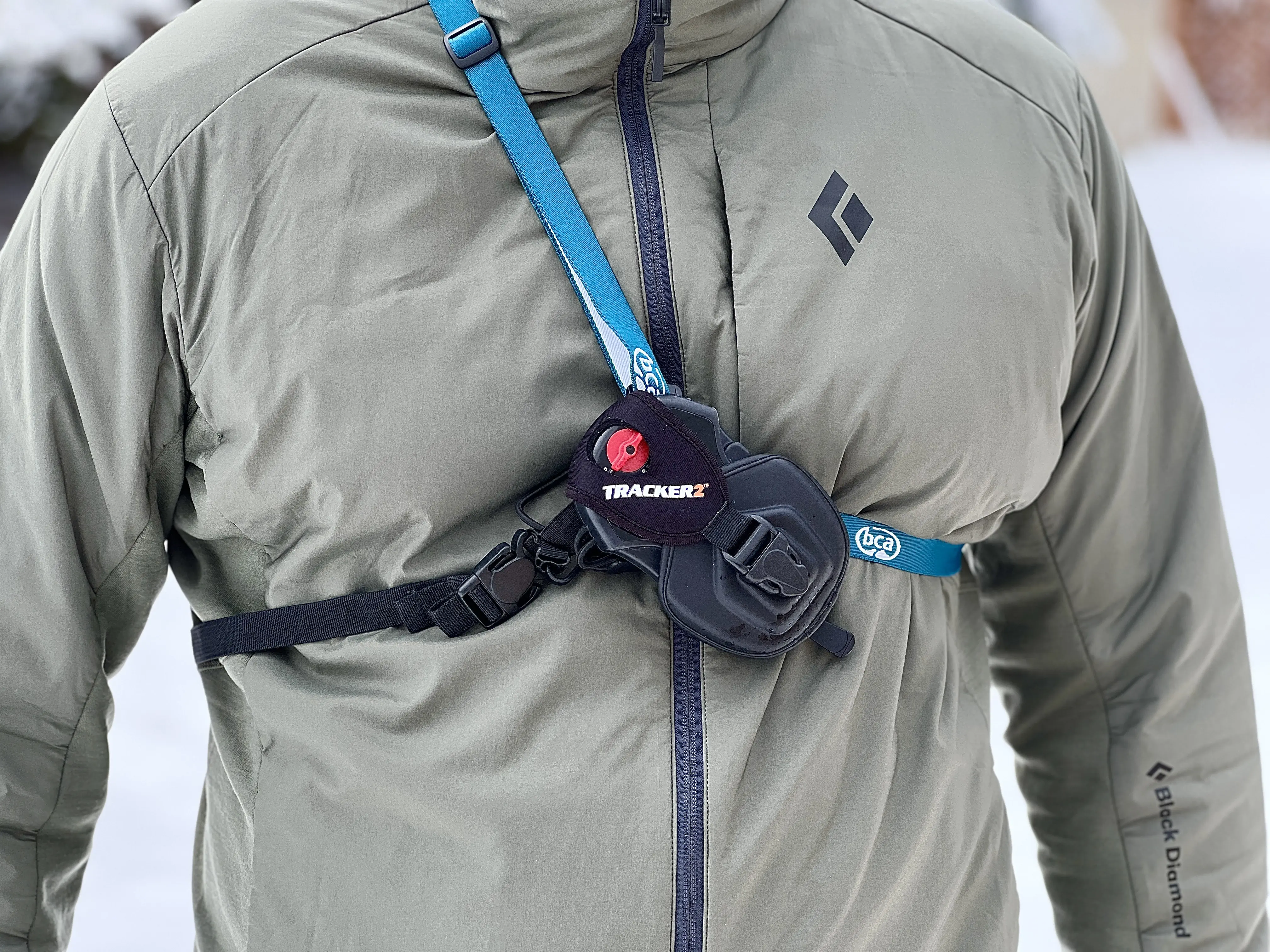



As previously mentioned, avalanche beacons aren’t exactly “communication devices.” Rather they are rescue devices that work by communicating with one another. These are often used in tandem with the other types of devices and technologies on this list — especially for backcountry winter recreation.
Beacons transmit a signal that can traced by other beacons in the area. If someone is buried and their beacon is in “Send” or “Transceive” mode, their partners can switch their beacons to “Search” and locate the buried individual.
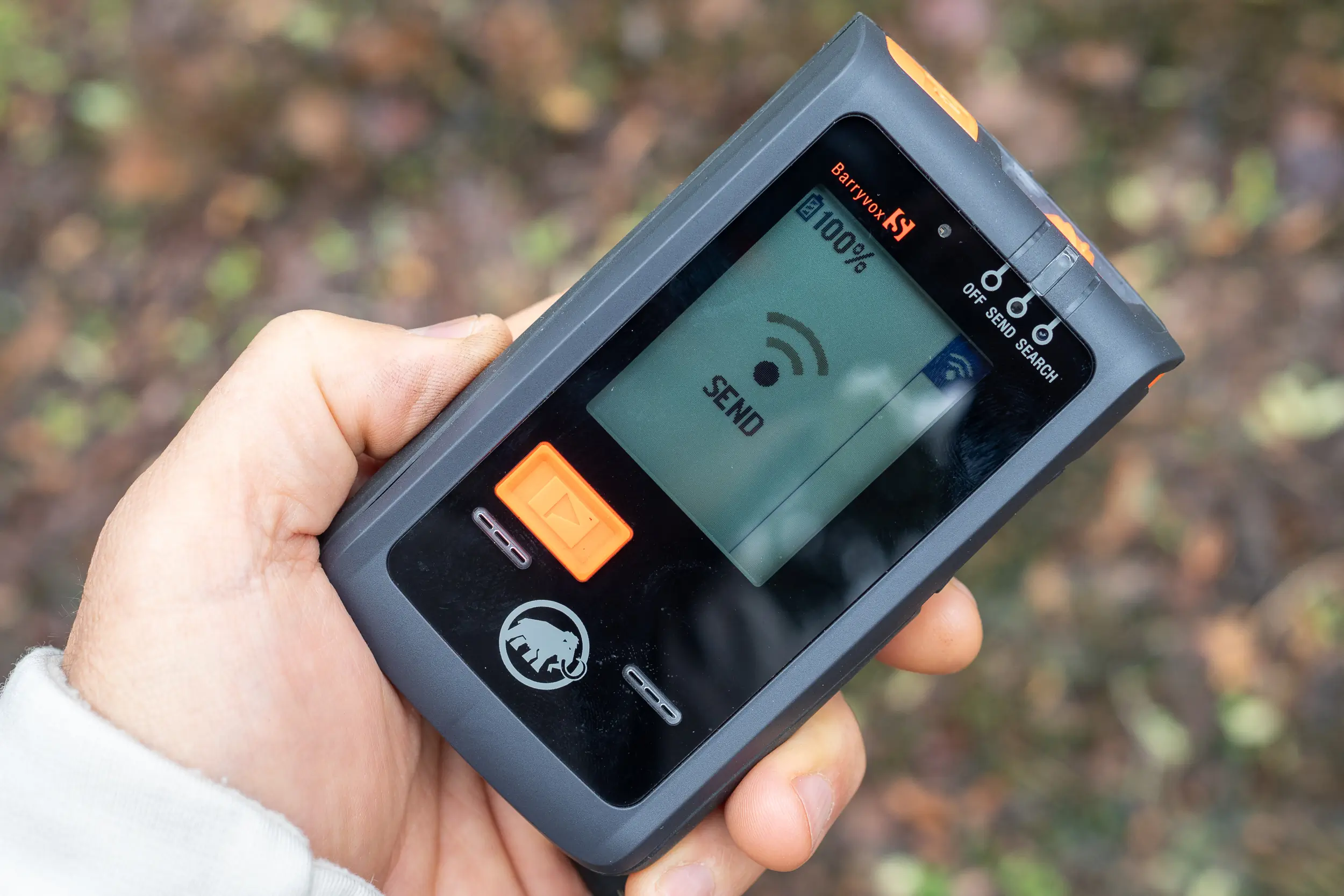



Because it takes a beacon to find a beacon, each skier, snowshoer, or snowmobiler should wear one when in avalanche terrain. Those who carry beacons should also carry a shovel and probe in case they locate someone and need to dig them out of an avalanche.
However, electronic devices can interfere with the signals beacons use. So, when wearing one, it should be kept as far away from communication devices as possible. When using a beacon in Search mode, all electronics should be left behind or turned off — including PLBs, radios, GPS devices, satellite communicators, cellphones, cameras, and anything else with an electronic pulse.
For a thorough guide on how to mitigate this issue, check out GearJunkie’s guide to Preventing Electromagnetic Interference between avalanche beacons.
Backcountry Communication 101: Conclusion
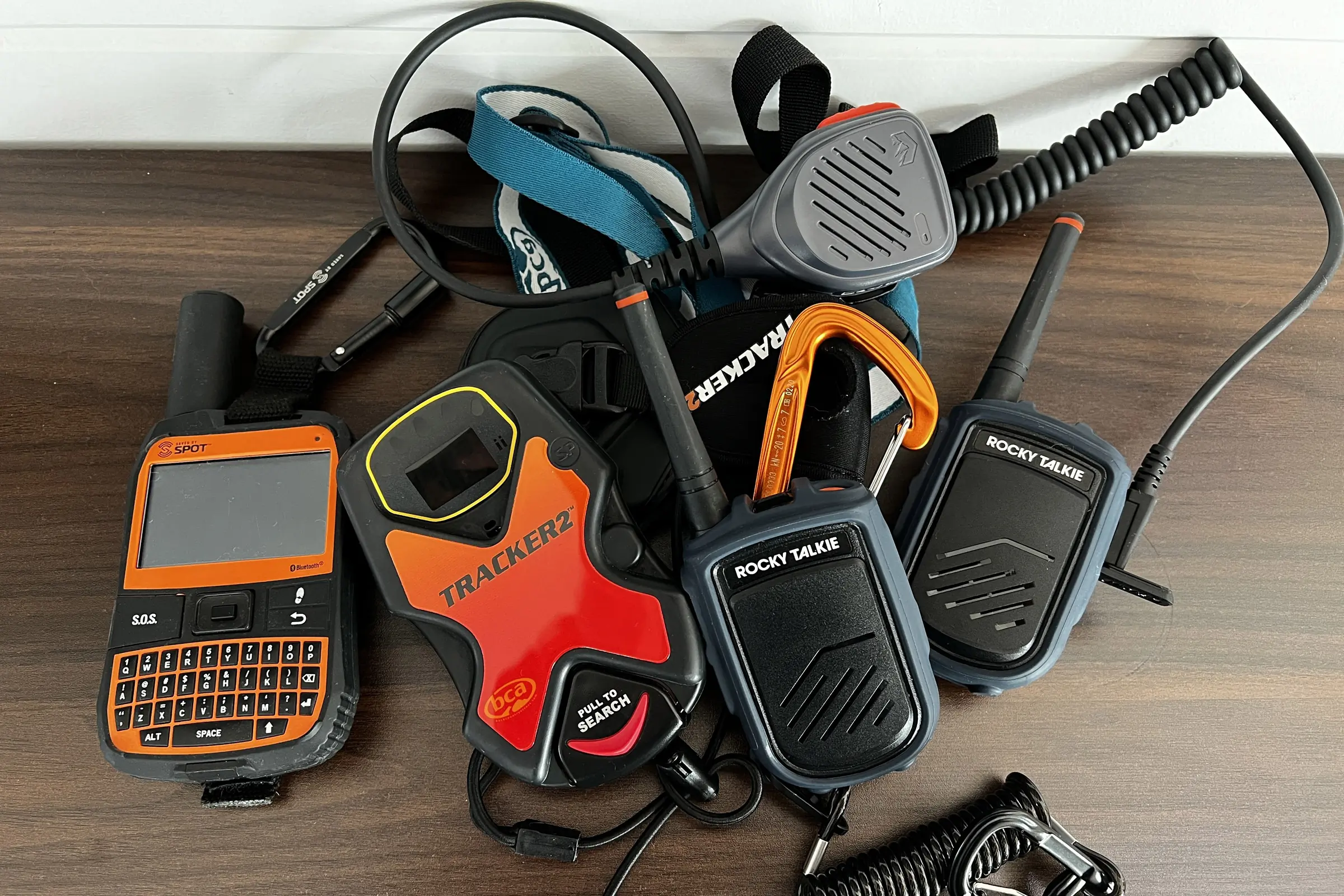



While each one of these backcountry communication and rescue devices is valuable and helpful in its own right, they often work best when used in tandem with one another.
Whether you are solo hiking or in a group of skiers, often, redundancy is key for backcountry safety. Someone who is equipped with all of these devices should have no issue communicating with their group, with the outside world, calling for help if it’s needed, and searching for people in life-threatening situations.
Having even one of these lines of communication is enough to make a difference, though. Collectively, these technologies have saved tens of thousands of lives in the backcountry. If you spend time well outside of cellphone range, it’s worth investing or at least looking into carrying these devices on your adventures.
